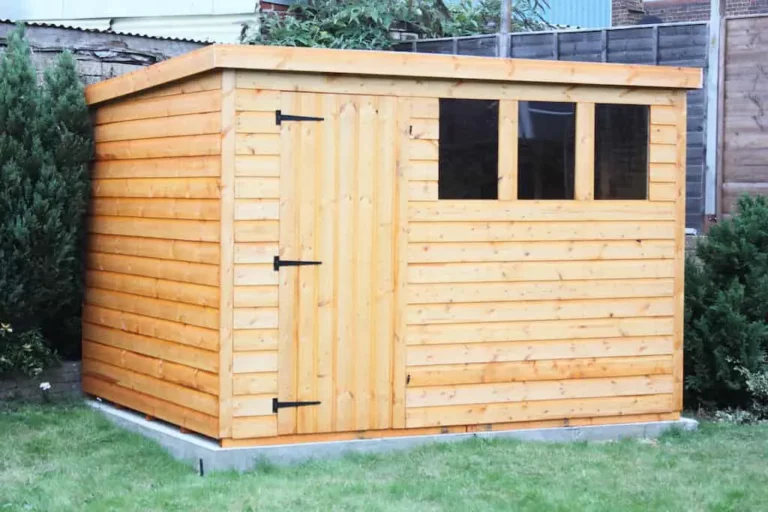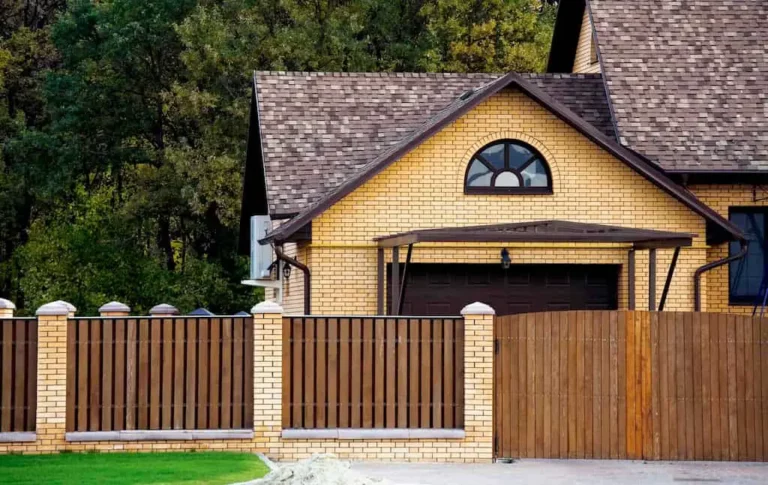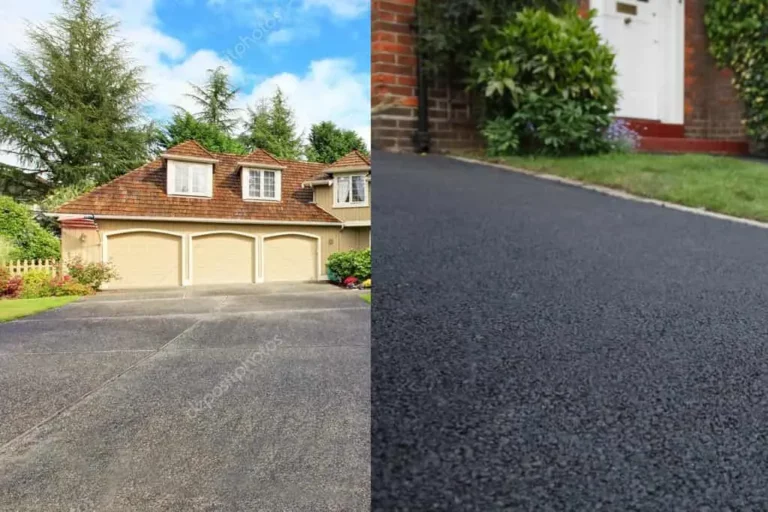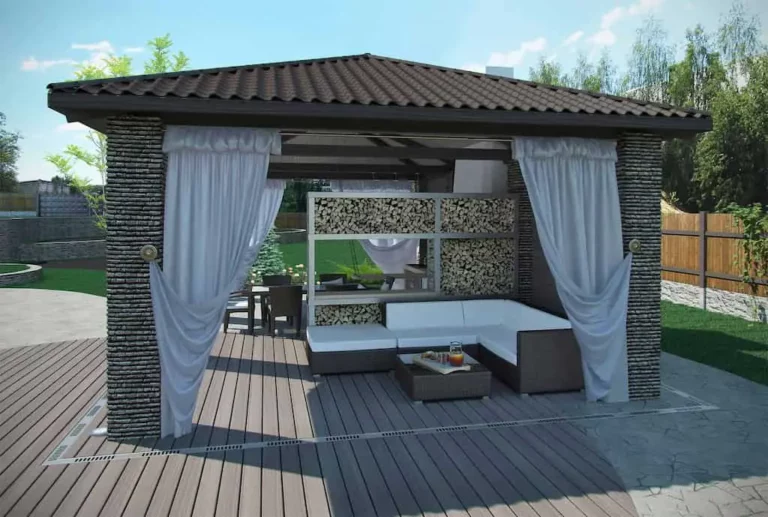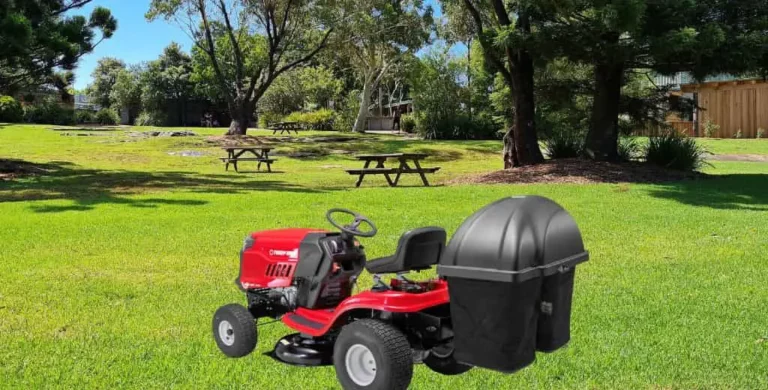Should Decking Boards Run Parallel to the House?
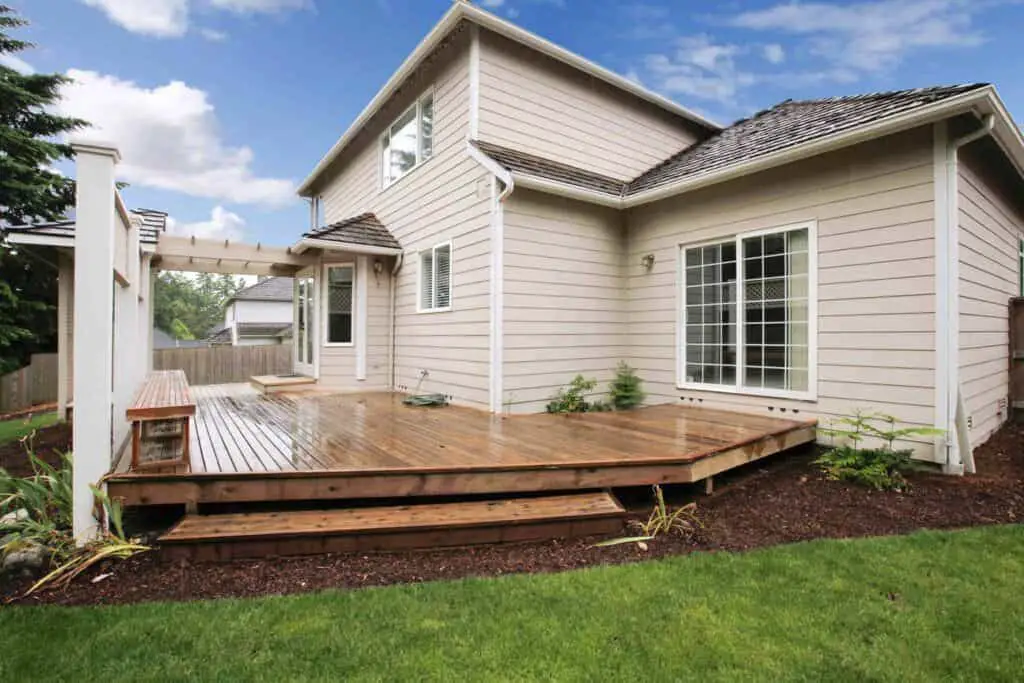
There are a variety of ways to build a deck. It can be attached to a house via a ledger board or it can be detached from the house and stand alone. If you do not have a lot of experience building decks, you may be wondering if the deck boards should run parallel to the house or not? The answer is:
The direction in which decking boards run is dependent on the joists. If the deck is attached to the house, then the decking boards will run parallel to the house since the joists must run vertically. In situations where the deck is not attached to the house, the decking boards could run perpendicular.
Now that you know decking boards run in the same direction as the joists, let us explore this topic further. In this article, I will explain whether (or not) it matters what direction you lay decking boards, if there is a ‘best way’ to lay decking boards, and if it is possible to change the direction of decking boards.
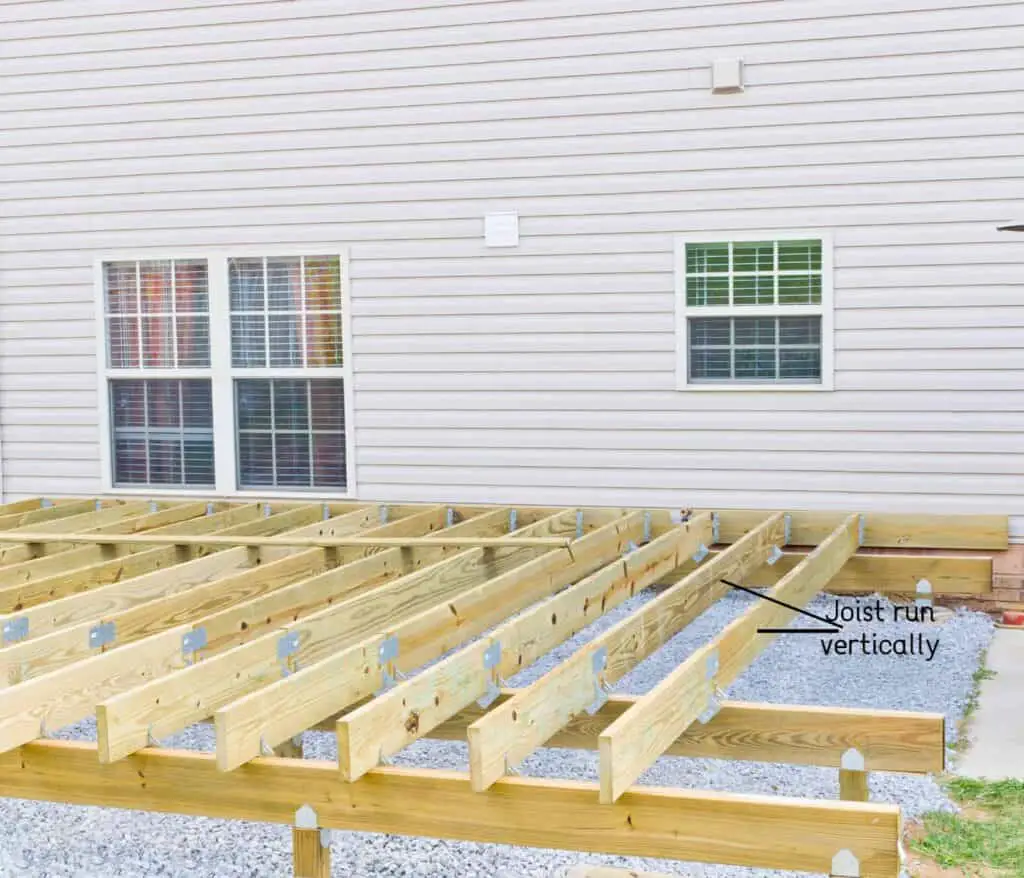
So, if you are ready to learn more about decking boards and how to run them properly, then please read onward…
Does It Matter Which Way You Lay Decking Boards?
Yes, it matters which way you lay decking boards as you must run the boards perpendicular to the joists. Otherwise, the deck will not be structurally sound. If placed parallel to the joists, the boards would not hold sufficient weight and could potentially ‘fall through’ which could cause serious injury.
You should also install decking boards ridge side down. This allows air to circulate underneath the boards and helps with water drainage. The boards should also be fitted with a slight tilt in the same direction as the grooves.
Should Decking Boards be Horizontal or Vertical?
The direction in which decking boards are laid is significant. It is not a matter of aesthetics but rather stability. The deck must be built in such a way that is both functional and safe. For a deck to meet building code requirements, the joists should:
- be 16 to 24 inches on center, depending on the material of the deck boards you are using.
- span 1.5 times in feet whatever their depth in inches happens to be.
- be suitable to the size of the deck – in other words, the bigger the deck, the larger the joists.
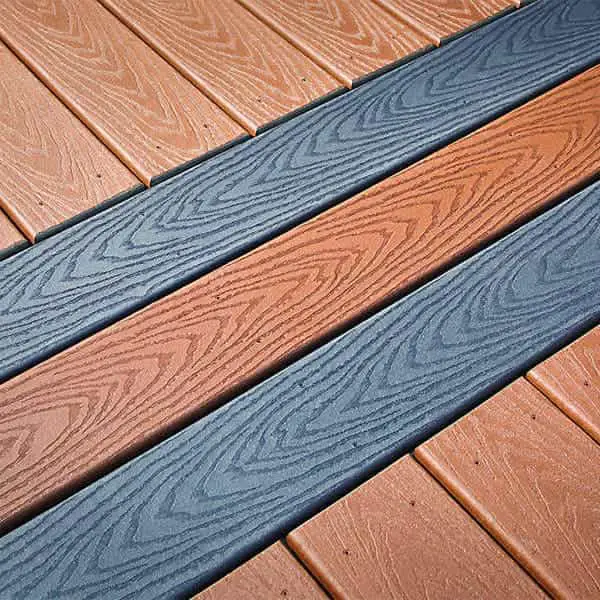
What is the Best Way to Lay Decking Boards?
The best way to lay decking boards is in accordance with your local building code requirements. Improperly built decks are dangerous and can collapse under heavy weight, whether that be from people or snow load!
The materials you use for decking boards will dictate how they are installed, though there are some similarities regardless. Most likely you will use pressure-treated wood planks or Trex-style deck boards. The ‘best’ (and safest) way to lay decking boards is as follows:
- Trex boards can be screwed down using special Trex screws or you can do what I did. Trex and other man-made materials like Trex now have grooves on their sides. These grooves are used in conjunction with a special clip.
- The clip sits in the groove of the deck board and is screwed down into the joist.
- Then the next board is butted up to the previously installed board.
- More clips/screws are then attached to the other side of the new deck board and so on.
- These clips will be almost invisible as they sit down lower than the top of the deck board.
- I did this on my current deck, and it looks fantastic!
- If you are using pressure-treated planks, you can screw the board down to each location where the board crosses a joist. I would recommend a minimum of two screws on every one of these spots.
- You could also use a clip and screw the board to the joist from the bottom, so the screws are hidden. It is a much cleaner look doing it this way.
- It is a lot of extra effort to attach the boards like this, but if you have the desire and patience, it is worth it!
Can I Change Direction of Decking Boards from Parallel to Perpendicular?
Perhaps you have a deck in which the decking boards run parallel to the house and you do not like the look. Well, the good news is you can change this – the bad news is it will take some work to accomplish. Nonetheless, this simple change can create an outdoor area with subtle yet distinct visual interest!
The job involves blocking the joists so you can change the direction of the decking boards from parallel to perpendicular. By installing blocking using joist hangers one by one between the existing parallel joists, you can maintain the same framed structure and still utilize the existing beams.
Adding in blocking (or backing) not only allows you to change up the pattern of the deck boards, but it also strengthens the overall structure of the deck. You will not have as much ‘bounce’ in the deck with more blocking installed.
Should I Flip My Deck Boards?
If your deck is looking old and weathered and you are contemplating replacing the boards with new ones, why not try ‘flipping’ them instead. Not only with this allow you to get a few more years of usage out of them, but it will also save you money as new decking boards are not cheap!
Check the underside of the decking boards using a flashlight. If they look okay (which they should since they are less exposed to sun, rain, and wind), pry the boards up and reinstall them with the weathered side down. Although more labor intensive them simply laying new boards, it will cut costs significantly.
Of course, you need to ensure the boards will be structurally sound. If the boards feel like they are giving way a bit when stepped on, then just consider replacing them with new ones.
Should Decking be Laid Level?
To encourage water drainage, decks are sloped or graded slightly. No slope is required on decks with properly gapped boards since rain will naturally run off the boards even when level. The deck itself should be ‘level’ (apart from the applicable grading) to ensure the safety and stability of the structure.
Decking boards are always laid flat side down with a slight gap to allow for both expansion and water run-off. The deck should also slope away from the house with ground underneath it graded slightly at the outer edges. This will help lead moisture away from the property.
What Gap Should You Leave Between Decking Boards?
Leaving slight gaps between decking boards is necessary for expansion/contraction and water drainage. The ideal space or gap is about 1/8” or the diameter of an 8D nail. The best way to maintain consistency is to use a spacer tool throughout the entire deck.
When using pressure-treated lumber, you should leave less of a gap – about 1/16” instead. The reason being that the wood is often wet when you install it, therefore you must set the boards more snuggly together. You can try using a 16D nail as a spacer to help maintain a uniform distance between boards.
Conclusion
To conclude, deck boards are run in accordance with the joists. If the deck is attached to the house, then the decking boards will run parallel with the house. If the deck is not attached to the house, then the decking boards could run either vertically or horizontally. It all depends on how the detached deck was framed and the joists are running.
I hope this article has provided you with information you seek. Thanks for reading and good luck with your upcoming outdoor deck construction/renovation project!

